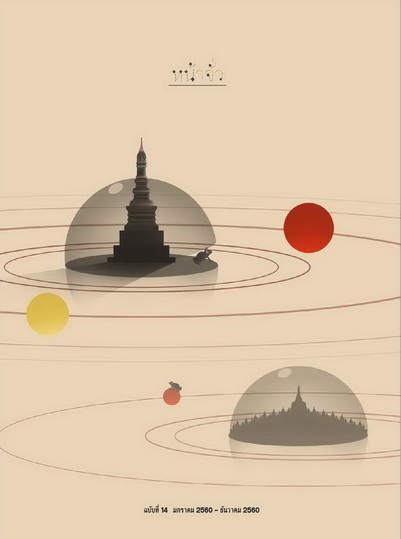The Study of Private Modern Houses in Boeung Keng Kang Area in Relation to Public Modern Khmer Architecture and Urban Development of Phnom Penh in the 1960s
Main Article Content
Abstract
Abstract
“Modern Khmer Architecture” was an architectural movement that occurred in Cambodia between 1953 and 1970. This movement was a negotiation between the modern and the traditional and the international and the local. Yet, it is also a reflection of the ambition of the government to modernize the national image. Although this movement is mostly thought of as buildings designed by well-known architects, private buildings such as private houses also play an important role to compliment this movement. Unlike public architecture that was sponsored by the government and was intended to be a political symbol of national achievement, private houses were built based on family resources, which thus exposed their socio-economic factors. This research aims to explore the inspiration of public building on private houses located in Boeung Keng Kang, a sub-district that was considered as one of the best locations for living in Phnom Penh. Having said that, this study uses aspects of urban development, architectural modernization and social modernization of the post-independence period as lenses to look at twenty houses located in Boeung Keng Kang neighborhood in Phnom Penh. These houses are qualitatively analyzed based on six aspects: roof design, decorative features, materials, climatic adaptation features, spatial arrangement, and structural design. The study interprets these houses as borrowing modern aesthetic from public architecture, and reflecting ways of living during the post-independence period.


